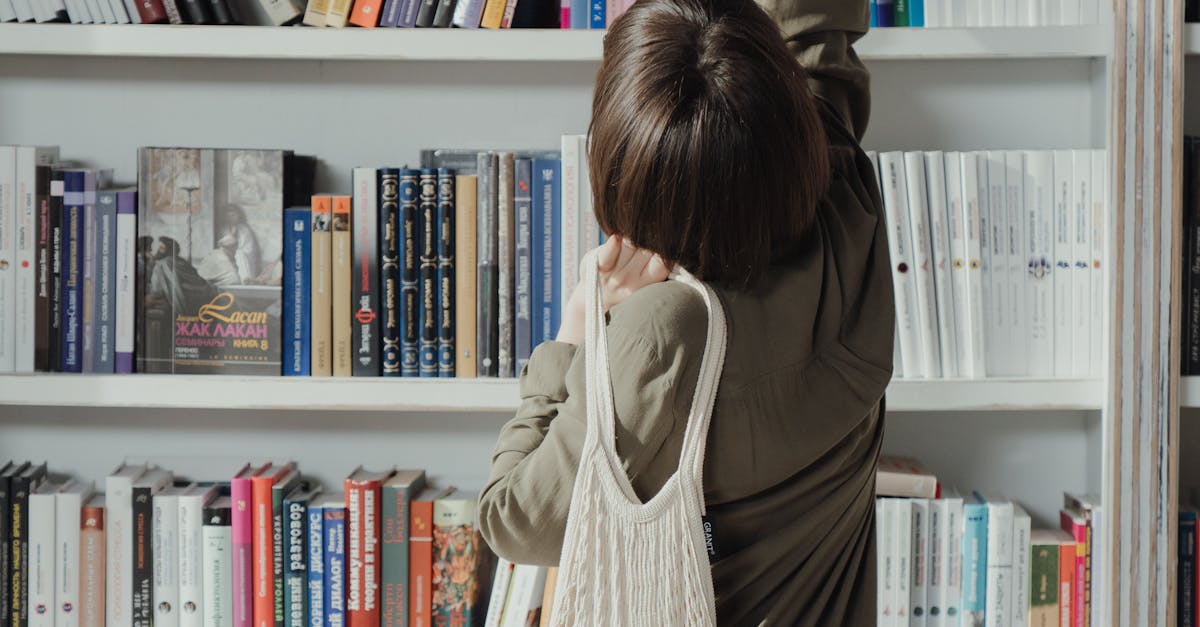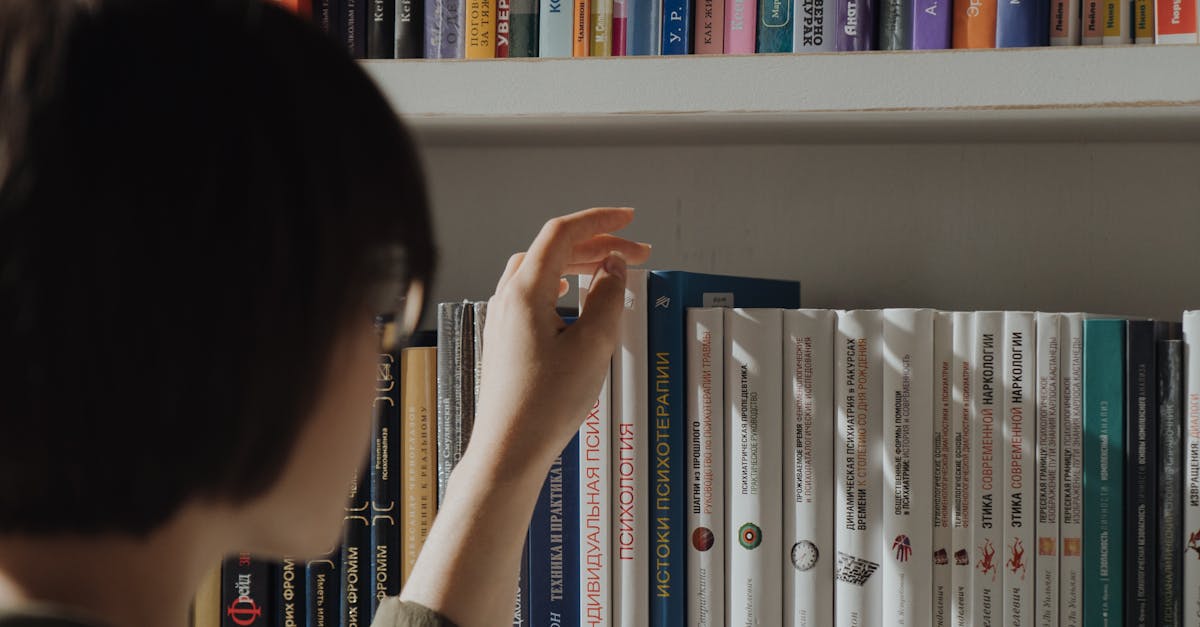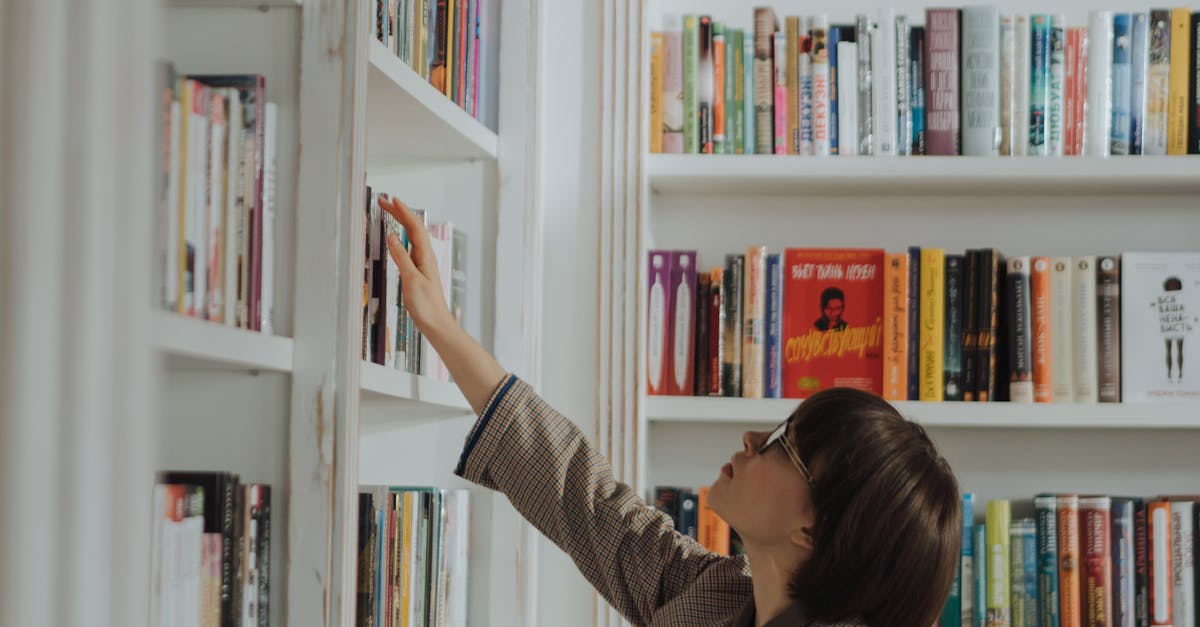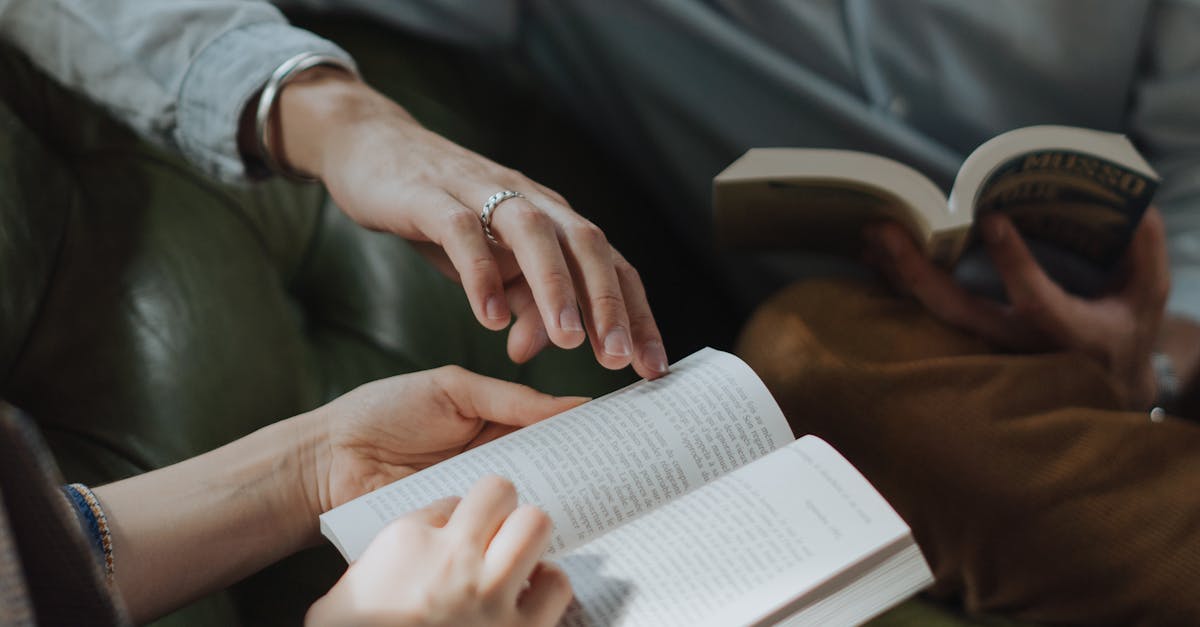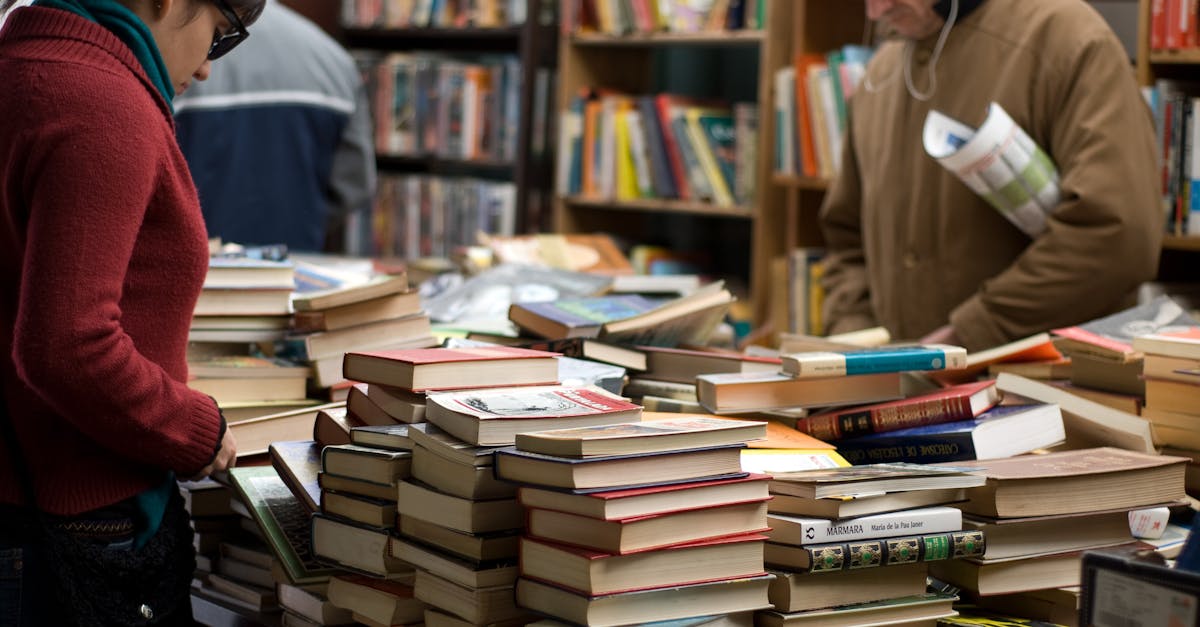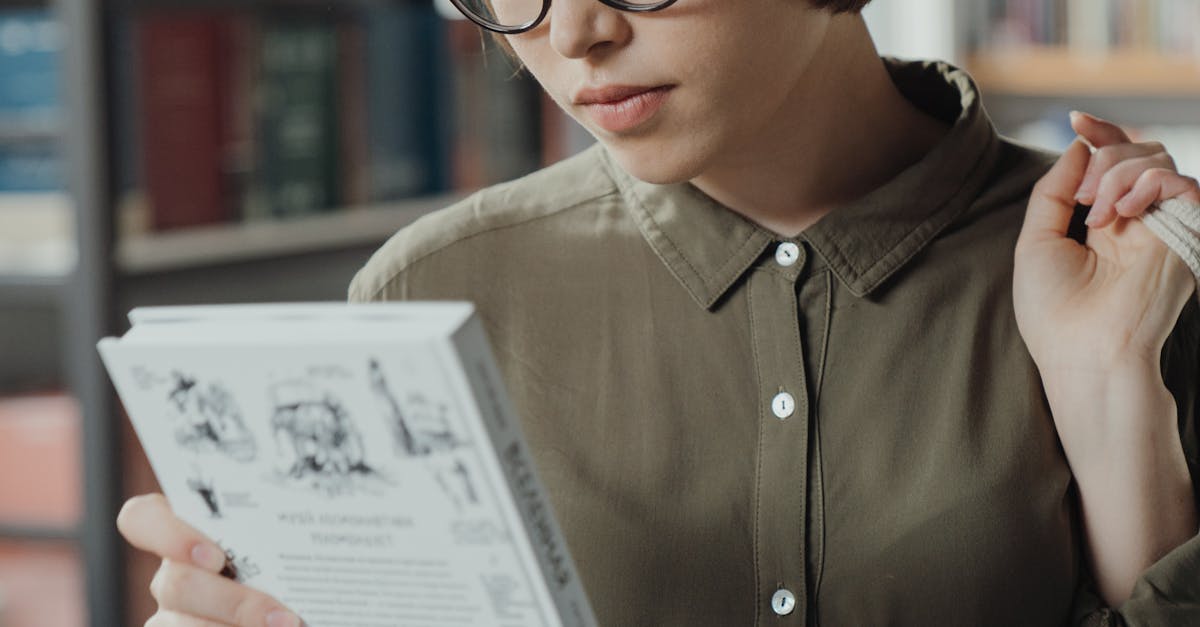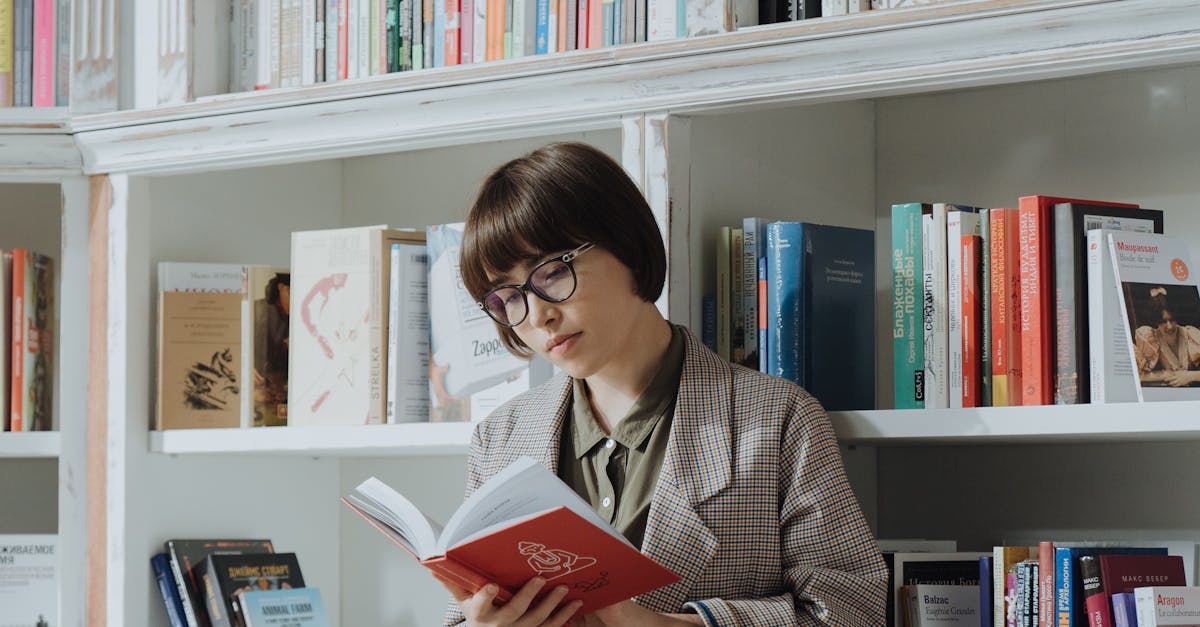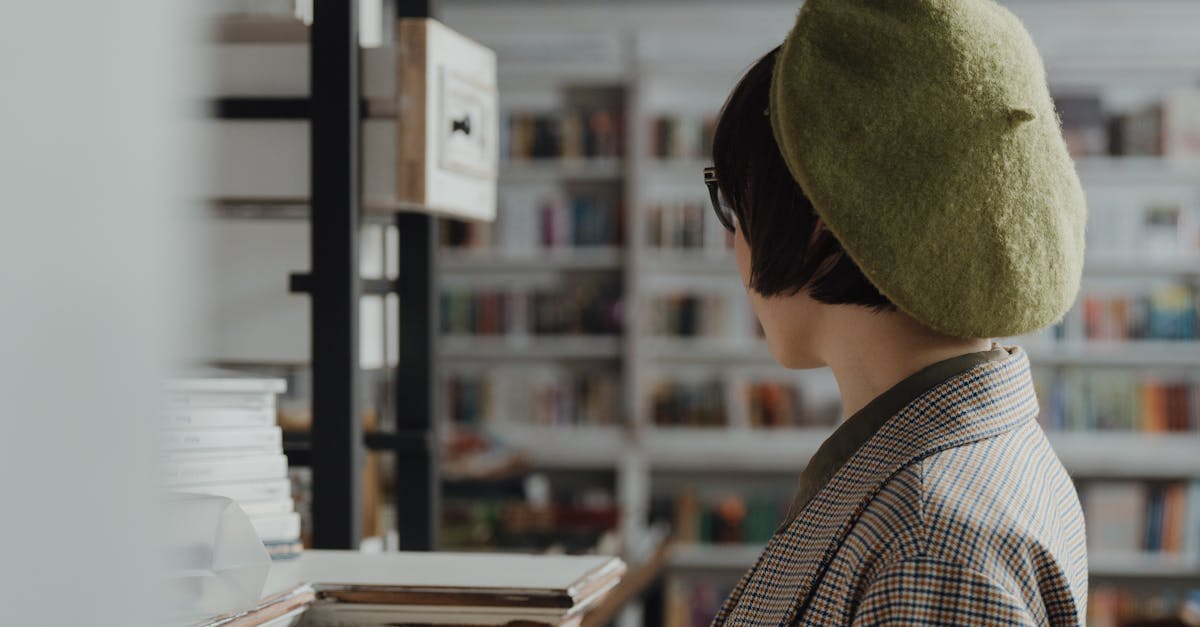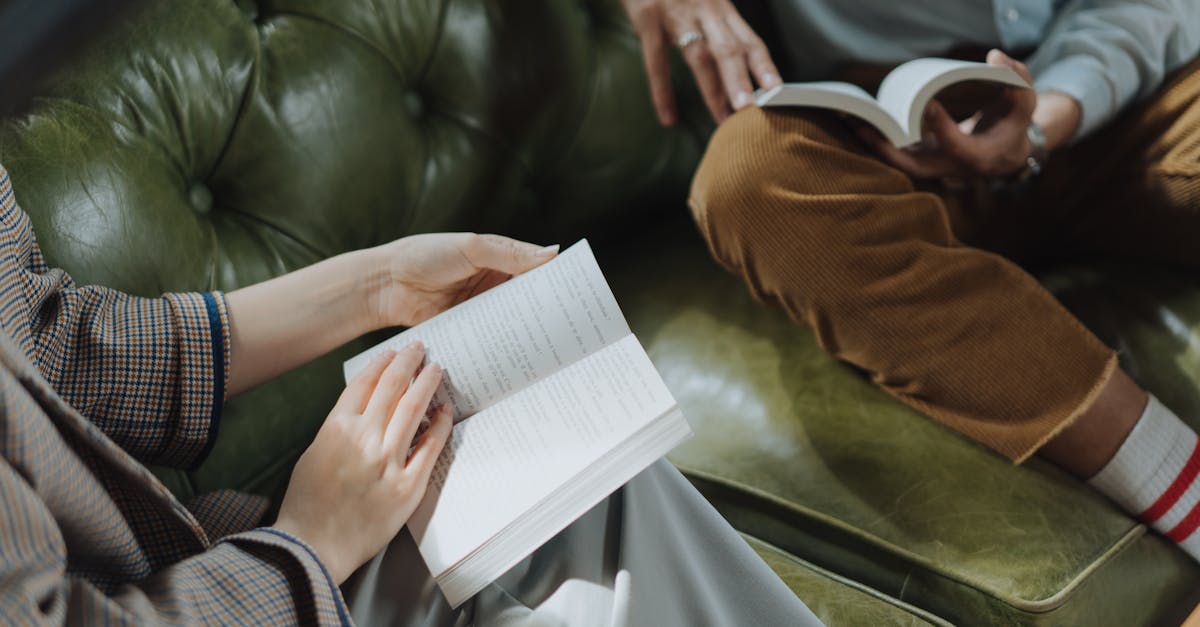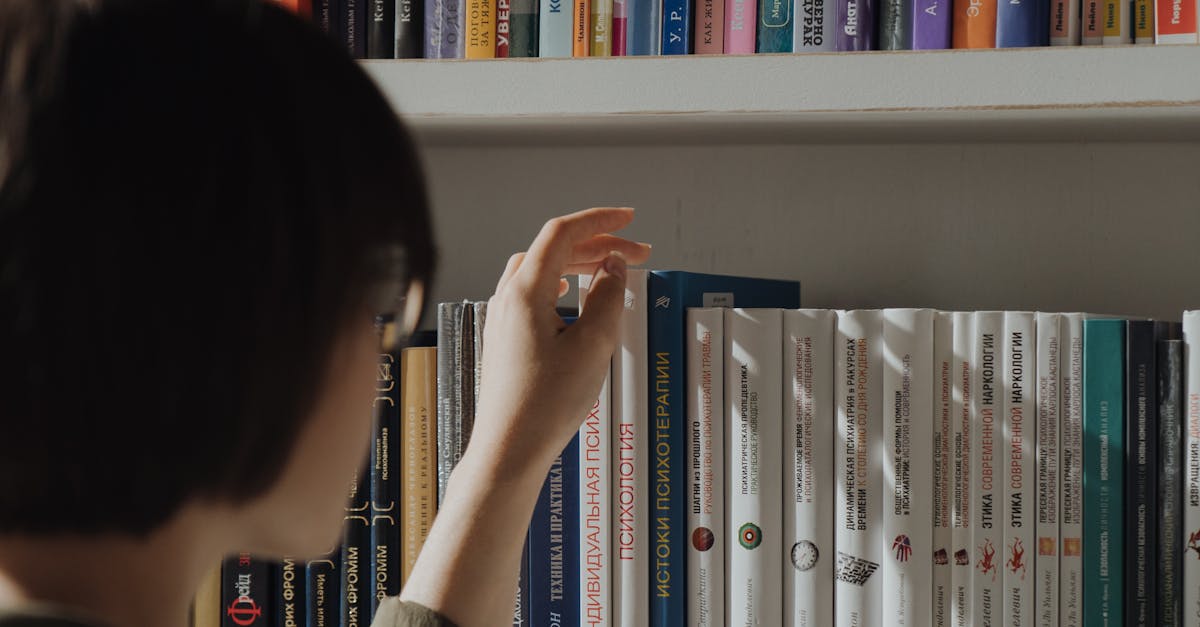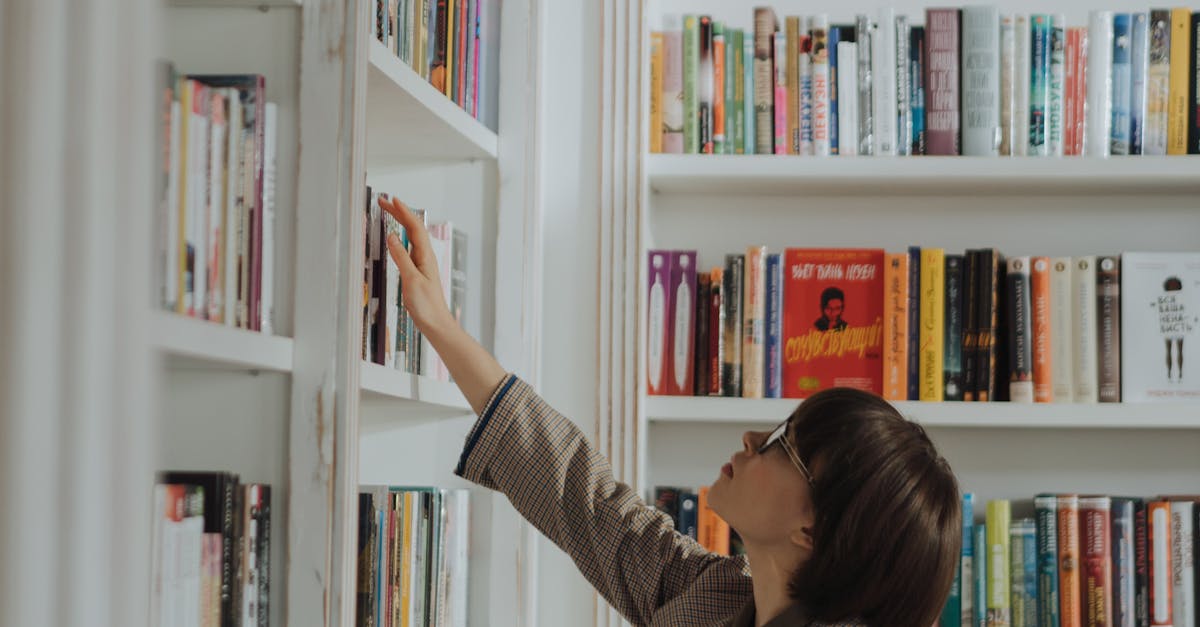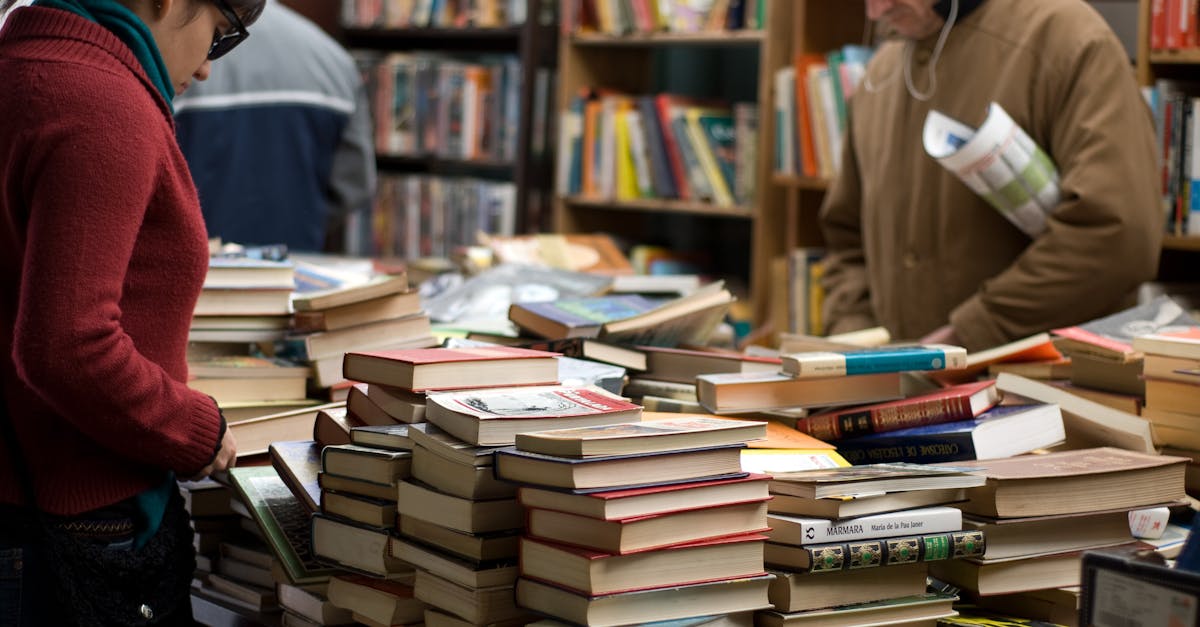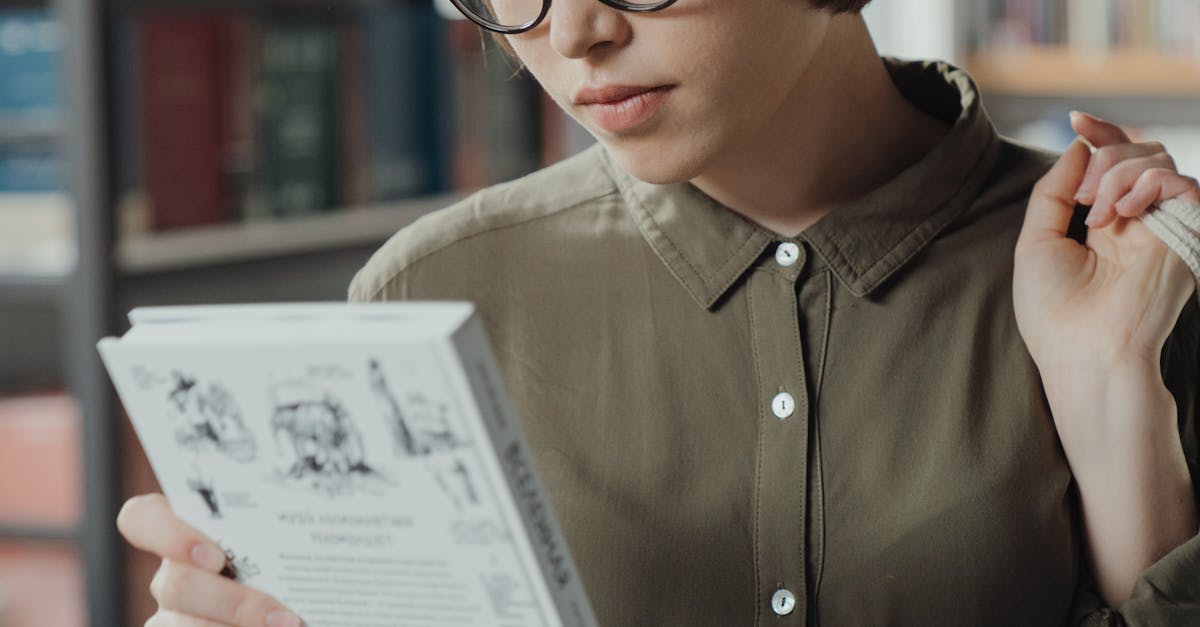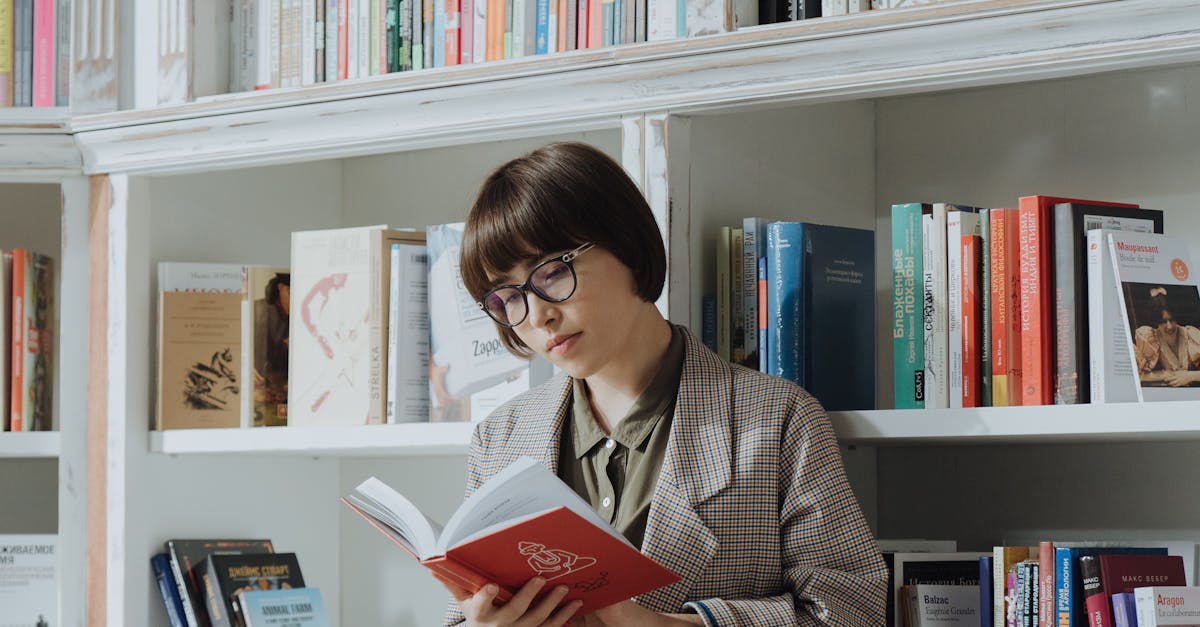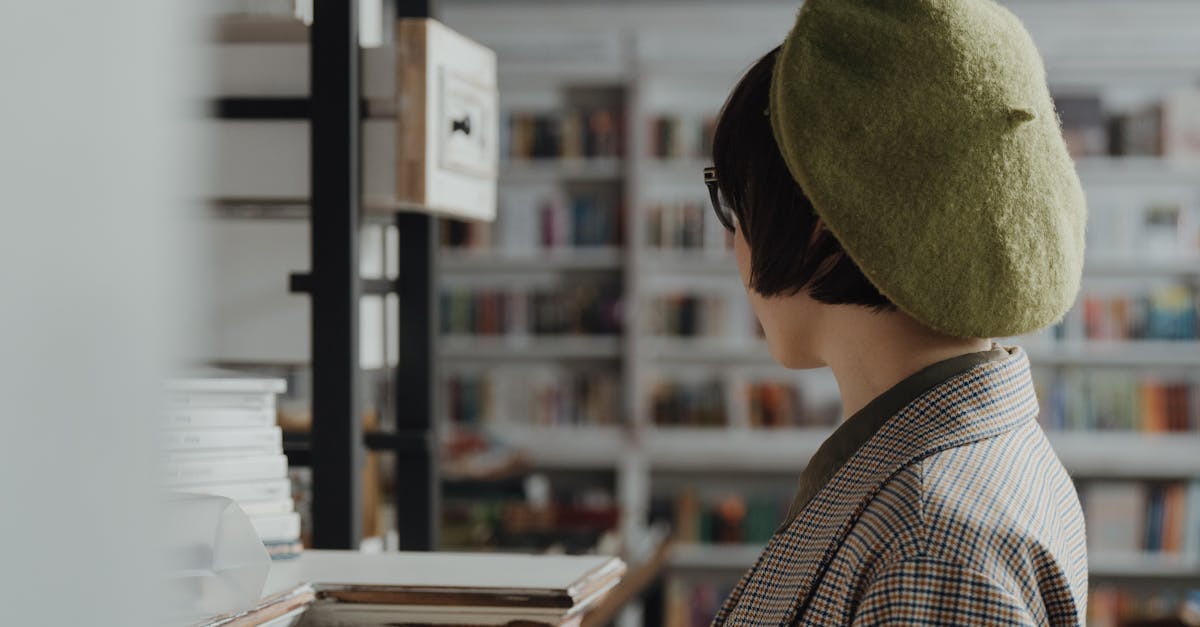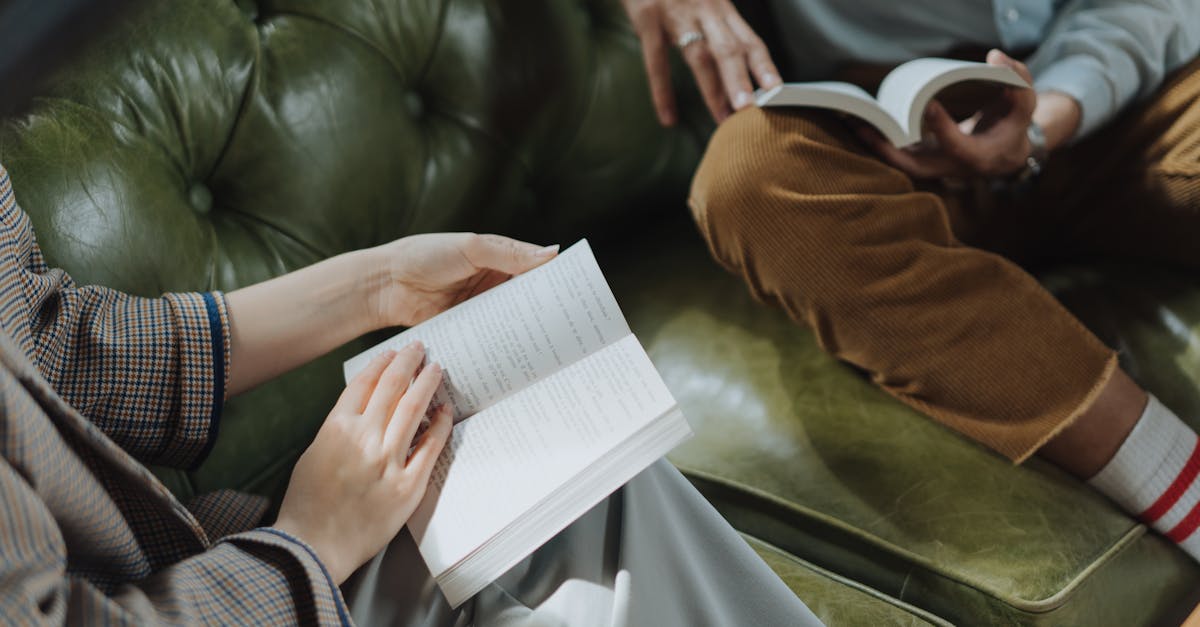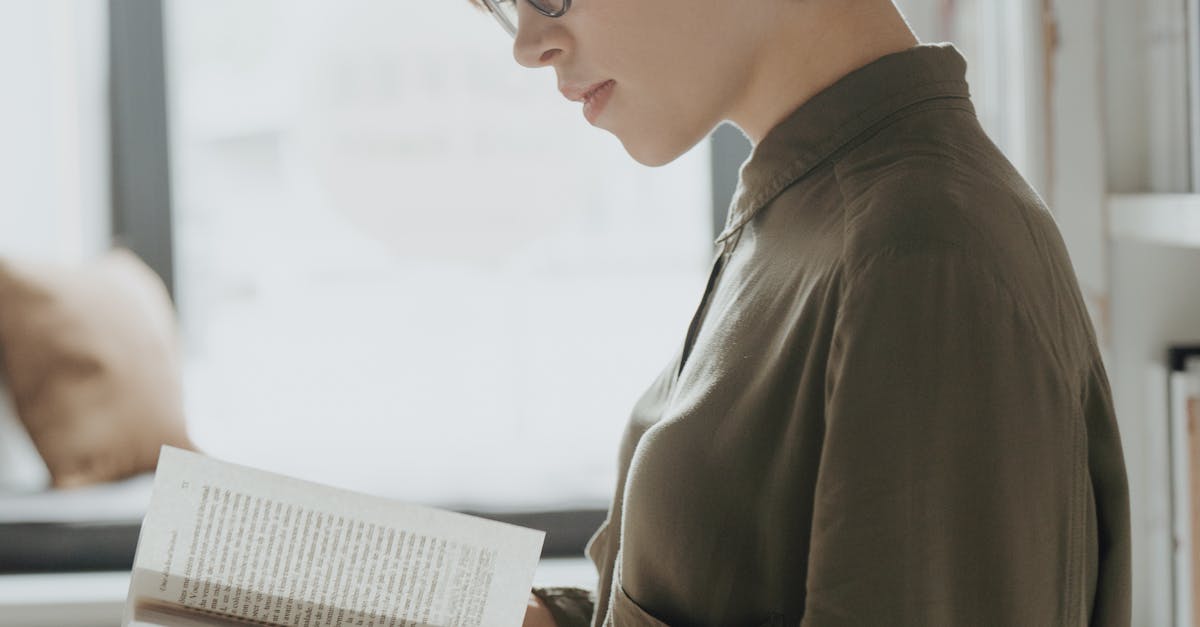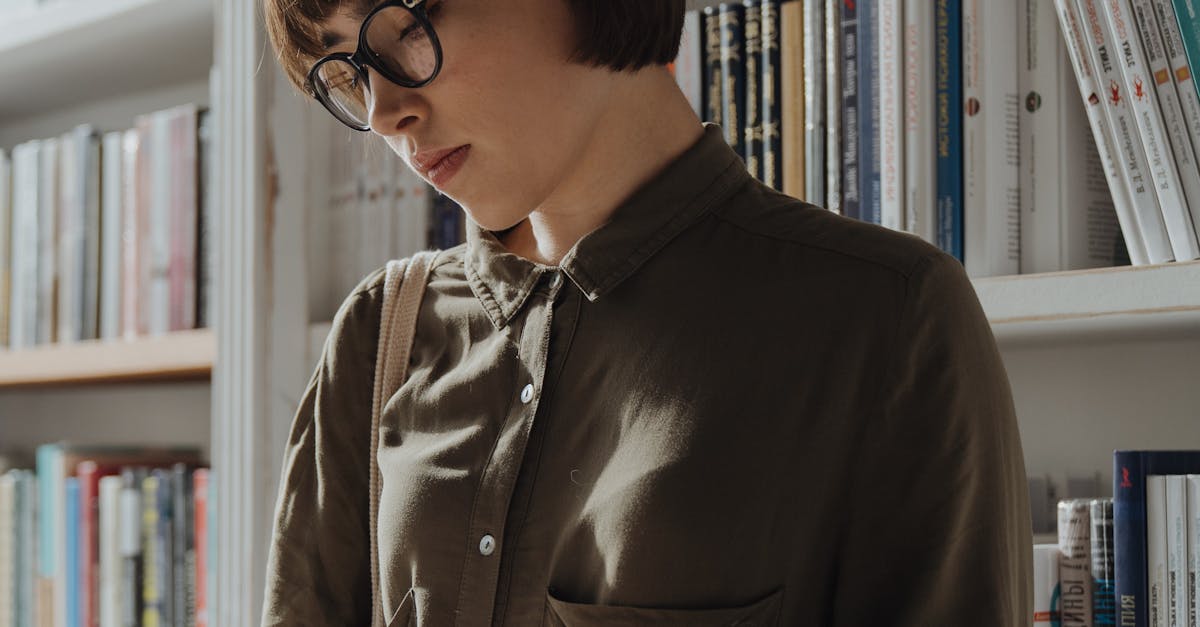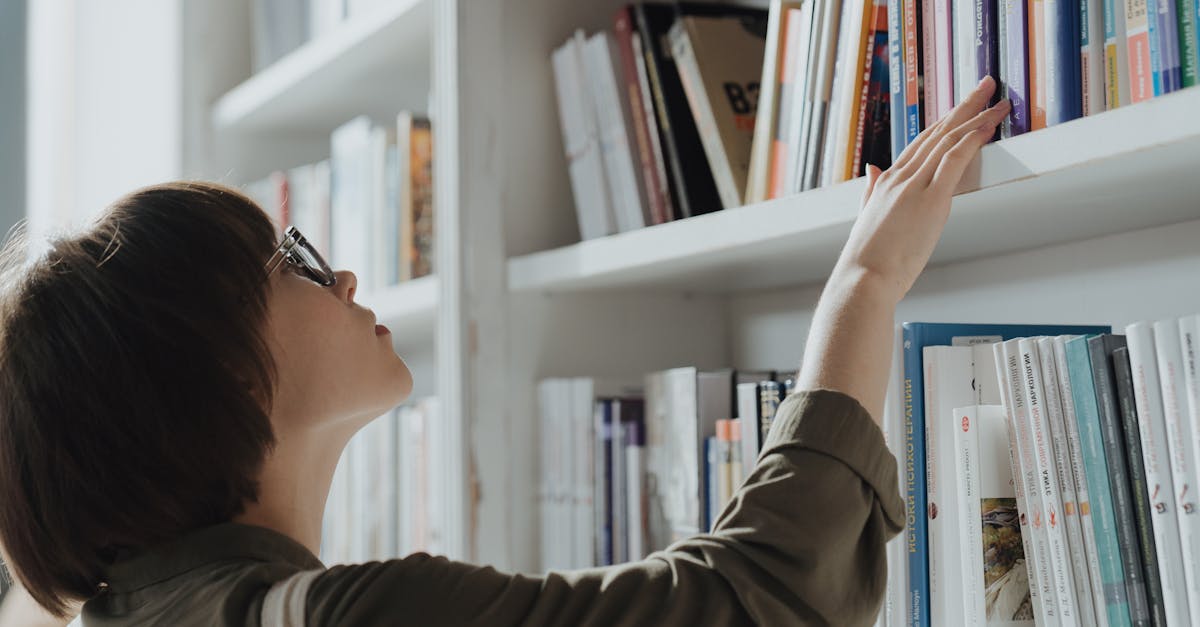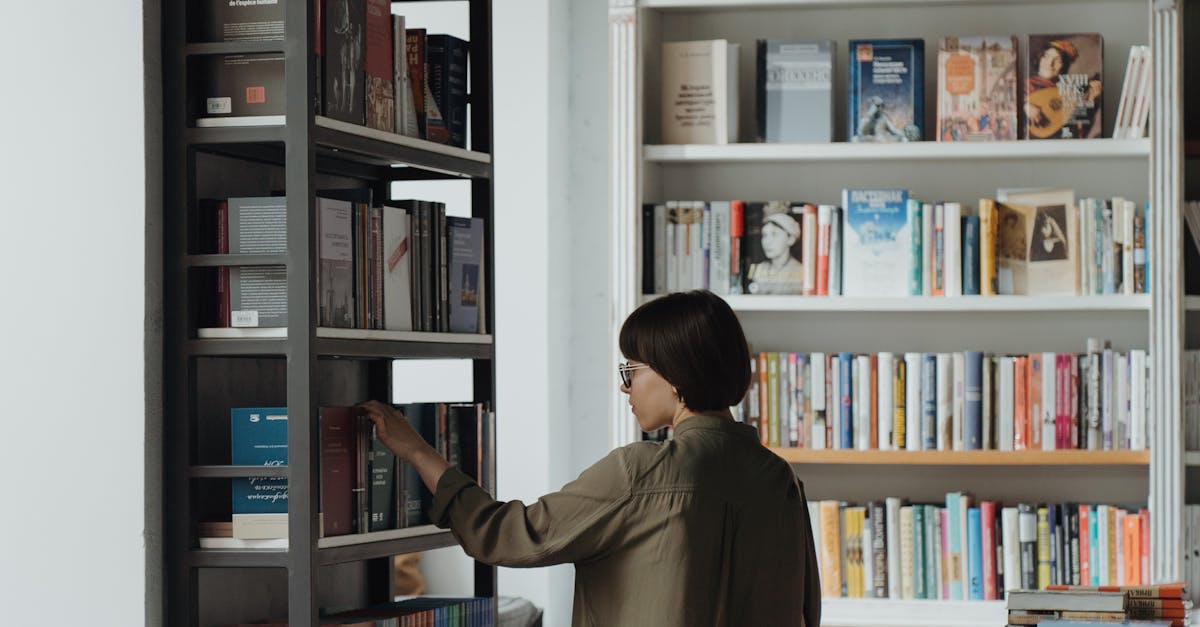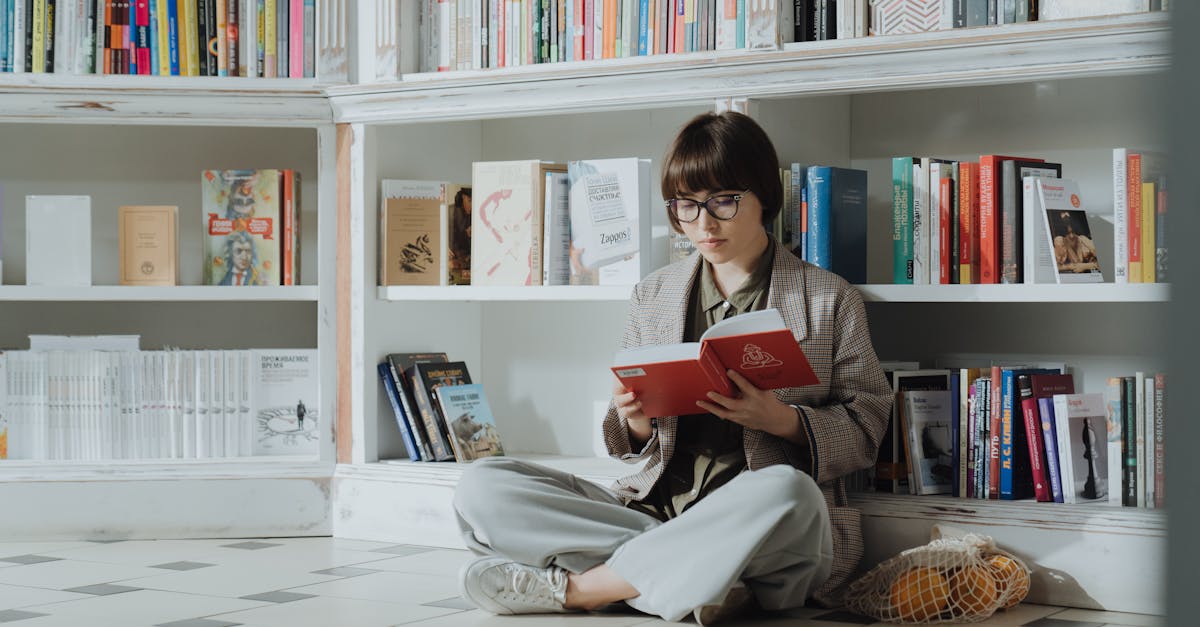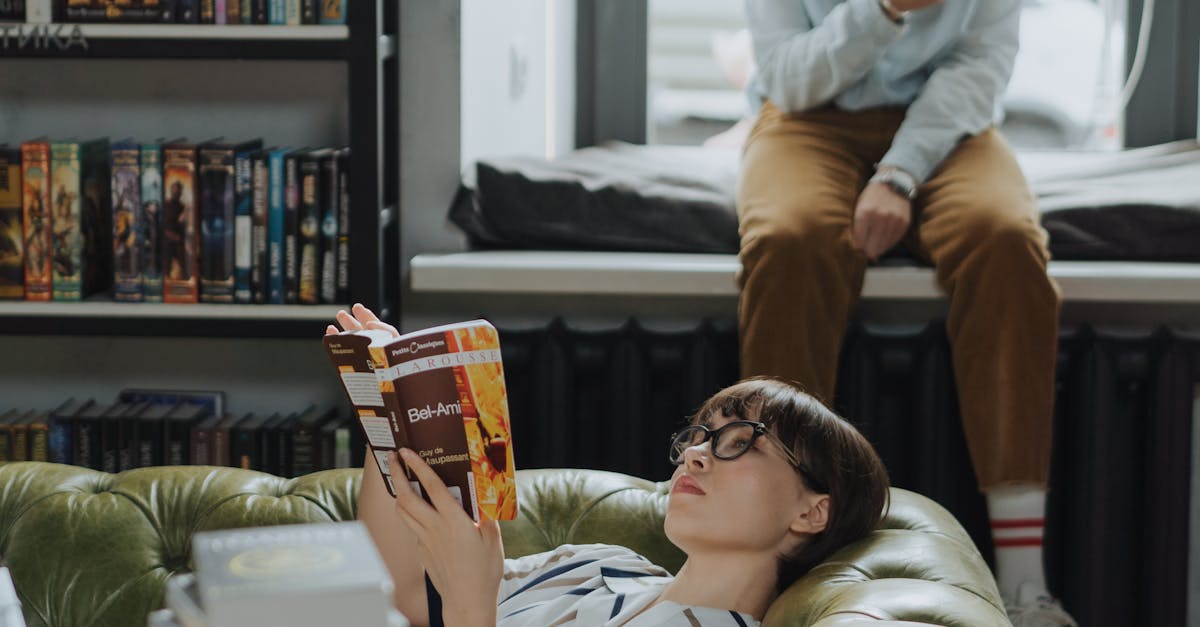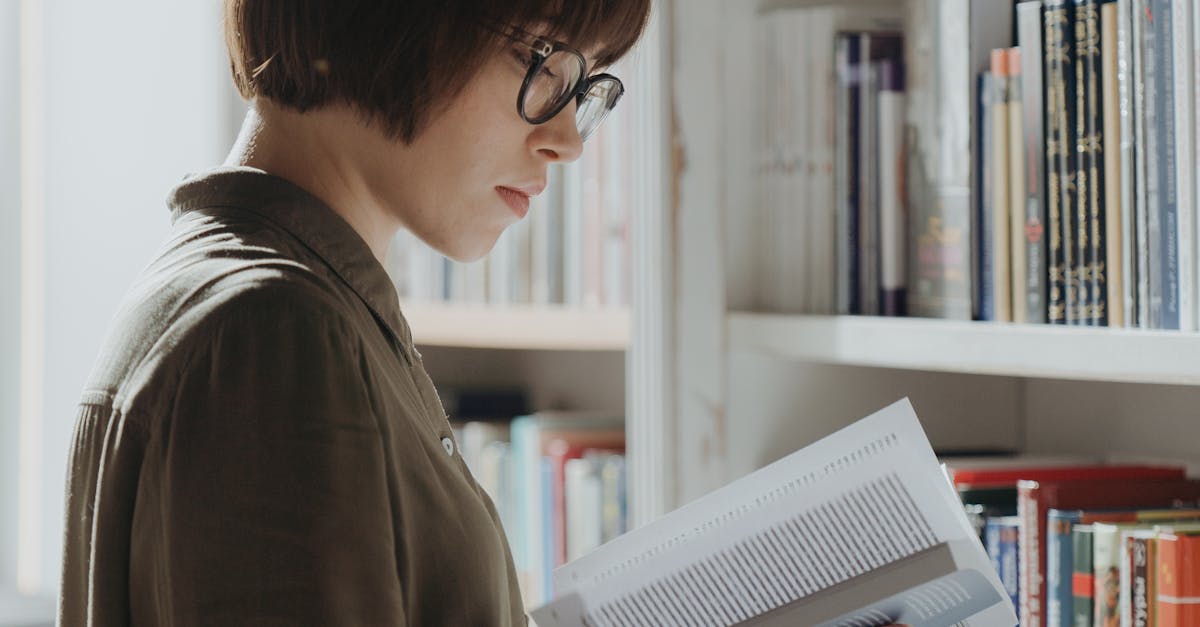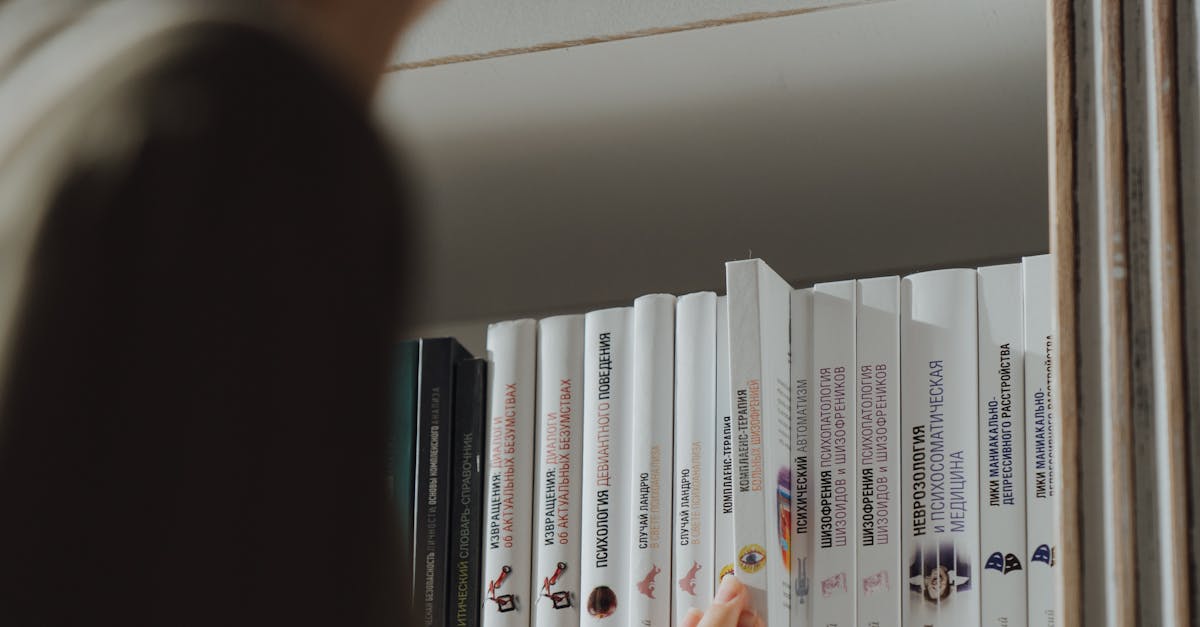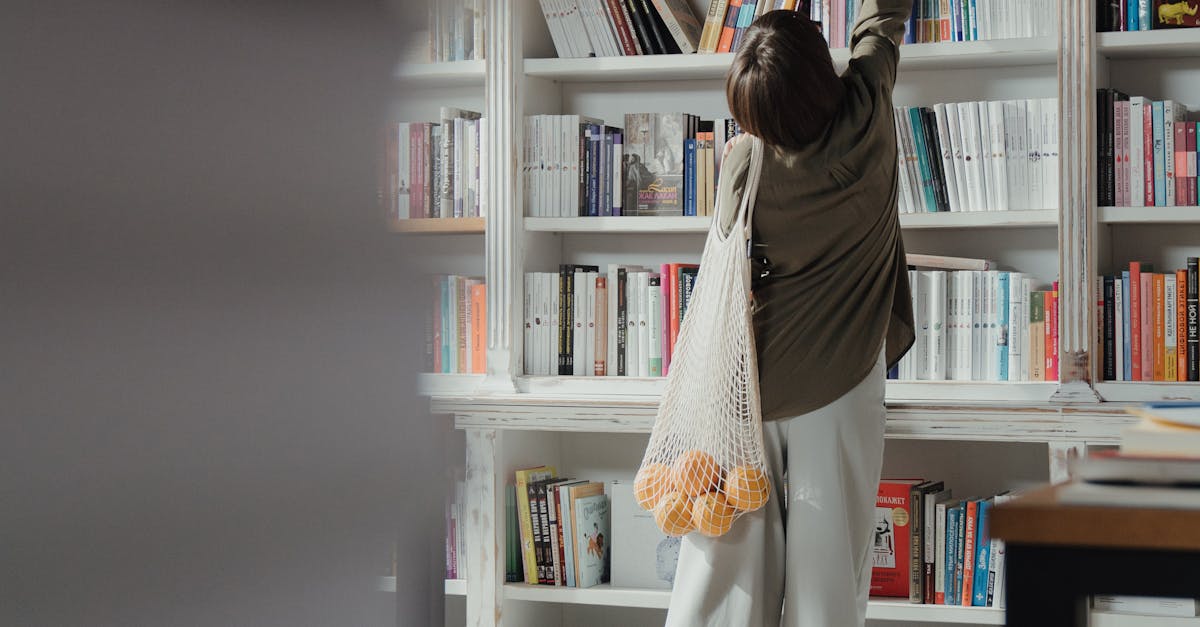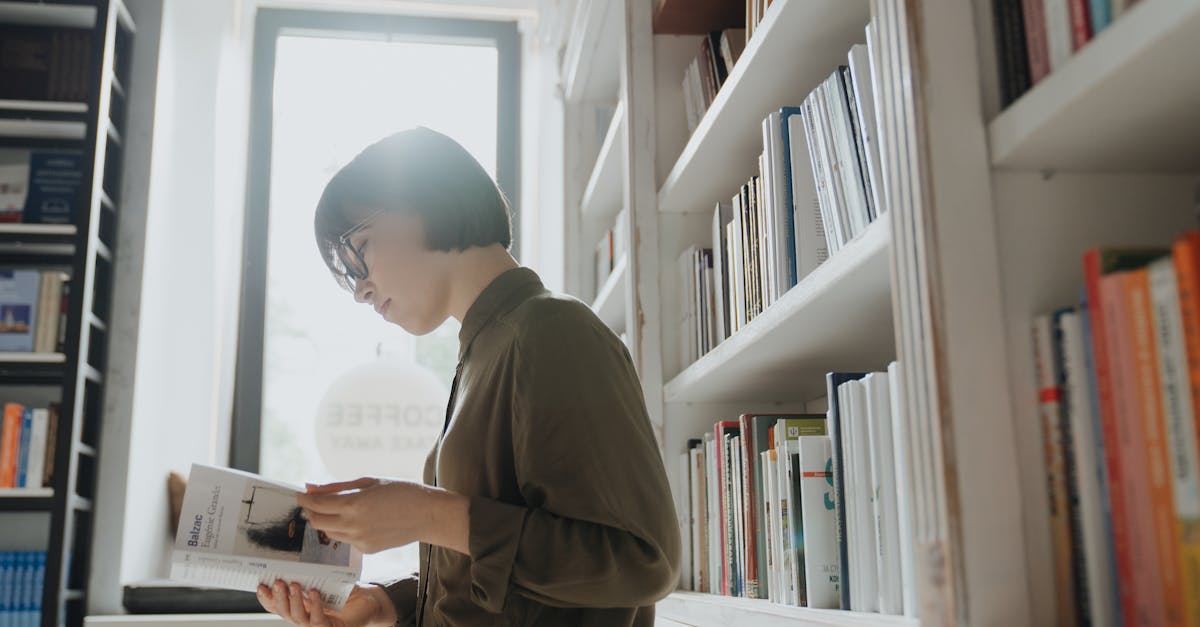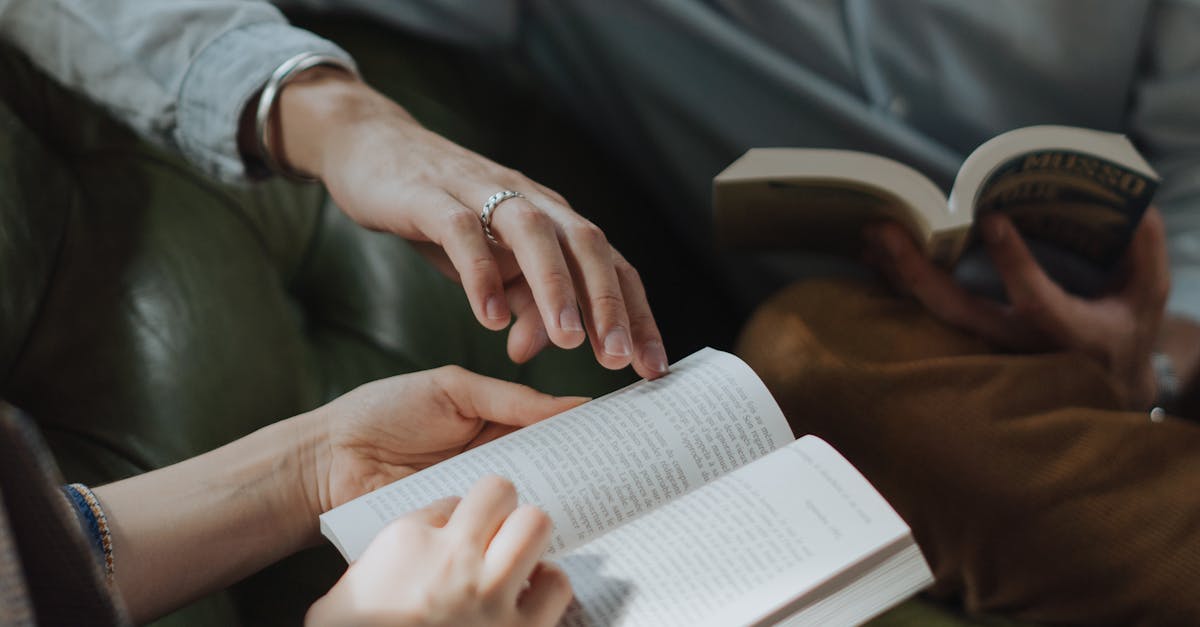
Table Of Contents
Attaching the Shelves to Brackets
Attaching the shelves to brackets is a crucial step in the process of installing floating shelves. After positioning the brackets at the desired height on the wall, make sure they are level using a spirit level. It is essential to mark the exact spots where the screws will go to ensure a secure attachment. Once the brackets are in place, patiently align the shelf with the brackets and slide them into position. Custom Bookcases and Shelving in Mount Vernon, New South Wales, recommend double-checking the alignment before proceeding to secure the shelves in place.
To fasten the shelves securely to the brackets, utilize appropriate screws or bolts that are compatible with both the shelf material and the bracket. Predrill holes into the shelf to prevent splitting, and then proceed to screw or bolt the shelf to the brackets firmly. It is advisable to use a cordless drill or screwdriver for efficiency and precision during this process. Custom Bookcases and Shelving in Mount Vernon, New South Wales, also emphasize the importance of evenly distributing the weight on the shelves to maintain balance and stability once the installation is complete.
Secure Shelves in Place with Proper Fastening
When securing your floating shelves in place, it is crucial to use the appropriate fasteners to ensure stability and safety. Depending on the type of wall material, such as drywall, plaster, or concrete, different fastening options are available. For drywall, consider using toggle bolts or anchors designed for holding heavy items. In contrast, for concrete walls, opt for concrete screws that provide a secure grip. Regardless of the fastening method, always follow manufacturer instructions and weight capacity limits to prevent damage or accidents.
For residents in Fairfield East, New South Wales looking to install custom bookcases and shelving, the proper fastening techniques are essential for a long-lasting and reliable setup. Choosing the right fasteners based on wall material and shelf weight is crucial to prevent any mishaps. Regularly inspecting the fasteners and shelves for any signs of loosening or damage is also recommended to maintain the integrity of the installation. By prioritizing proper fastening methods, homeowners can enjoy both functional and aesthetically pleasing floating shelves in their living spaces.
Adding Finishing Touches
Once the floating shelves are securely attached to the brackets and properly fastened, it's time to add the finishing touches to enhance the visual appeal of your space. Consider styling the shelves with decor or organizational items that reflect your personal taste and complement the overall design of the room. Whether you choose to showcase family photos, decorative vases, or potted plants, these items will bring personality and charm to your shelves.
Custom Bookcases and Shelving in Sylvania, New South Wales can be further enhanced by incorporating decorative baskets or storage boxes to keep small items neatly tucked away. By mixing and matching various textures and colors, you can create a cohesive and visually appealing display on your floating shelves. Remember to periodically rearrange or update the items on your shelves to keep the space looking fresh and inviting.
Style Shelves with Decor or Organizational Items
When it comes to styling your floating shelves, you have the opportunity to showcase your personality and elevate the visual appeal of your space. Adding decor or organizational items to your shelves not only enhances the aesthetics of the room but also allows you to create a functional and visually pleasing display. Whether you opt for a minimalist look with a few carefully selected pieces or prefer a more eclectic style with an array of items, the key is to strike a balance that is visually appealing and suits your taste.
In Rooty Hill, New South Wales, Custom Bookcases and Shelving offer a wide range of options to personalize your floating shelves. Consider incorporating a mix of decorative items such as vases, frames, plants, and sculptures to add visual interest. Additionally, using organizational items like baskets, trays, and boxes can help keep clutter at bay while adding a cohesive look to your shelves. Experiment with different heights, textures, and colors to create a dynamic display that reflects your unique style.
Testing the Stability of the Installation
Testing the stability of your floating shelves is a crucial step to ensure the safety and durability of your installation. To verify the strength and reliability of the shelves, apply pressure to different areas of the shelf to assess any wobbling or signs of weakness. Make sure to test both individual brackets and the overall structure to confirm that each component is securely in place. Custom Bookcases and Shelving in Cartwright, New South Wales, recommends gently placing weighted items on the shelves to see how they hold up under strain. Additionally, conduct regular stability checks over time to identify any loosening or shifting that may occur with use.
Moreover, to further ensure the stability of your floating shelves, observe any potential swaying or bending when placing items on or removing them from the shelves. If you notice any excessive movement, reevaluate the installation and consider tightening screws or adjusting the mounting for added security. Custom Bookcases and Shelving in Cartwright, New South Wales, advises against exceeding the weight limit specified for your shelves to prevent structural damage and maintains a stable foundation for your belongings. Regular maintenance and careful monitoring of the shelves' stability will help prolong their lifespan and prevent accidents or damage.
Verify the Strength and Reliability of the Shelves
Verify the strength and reliability of the shelves by applying pressure and checking for any signs of wobbling or instability. This step is crucial in ensuring that your floating shelves can safely hold the weight of your items without any risk of falling. Custom Bookcases and Shelving in Sydney Olympic Park, New South Wales can provide expert advice on how to properly assess the sturdiness of your shelves, preventing any potential accidents or damage to your belongings.
Furthermore, it is recommended to periodically inspect the shelves for any signs of wear and tear, especially if heavy items are being placed on them. By regularly verifying the strength and reliability of the shelves, you can maintain a safe and secure storage solution for your home or office. Custom Bookcases and Shelving in Sydney Olympic Park, New South Wales can offer guidance on how to properly care for your floating shelves, ensuring their longevity and durability.
FAQS
How do I attach floating shelves to brackets?
To attach floating shelves to brackets, place the shelf on top of the brackets, ensuring they align properly, and then secure the shelf to the brackets using screws provided.
How can I ensure that my floating shelves are securely fastened in place?
To ensure your floating shelves are securely fastened, make sure to use proper fasteners such as wall anchors or screws that can support the weight of the shelves and items placed on them.
What are some ways to add finishing touches to floating shelves?
Adding finishing touches to floating shelves can include painting or staining the shelves to match your decor, adding decorative trim, or incorporating LED lighting underneath for a modern touch.
How should I style my floating shelves with decor or organizational items?
When styling floating shelves, consider using a mix of decorative items like plants, artwork, or candles along with organizational items such as baskets, bins, or jars to create a balanced and functional display.
How can I test the stability of the installation of my floating shelves?
You can test the stability of your floating shelves by placing weighted items on the shelves to see if they hold securely, and also by gently pushing or shaking the shelves to verify that they are mounted properly and can support the weight.

